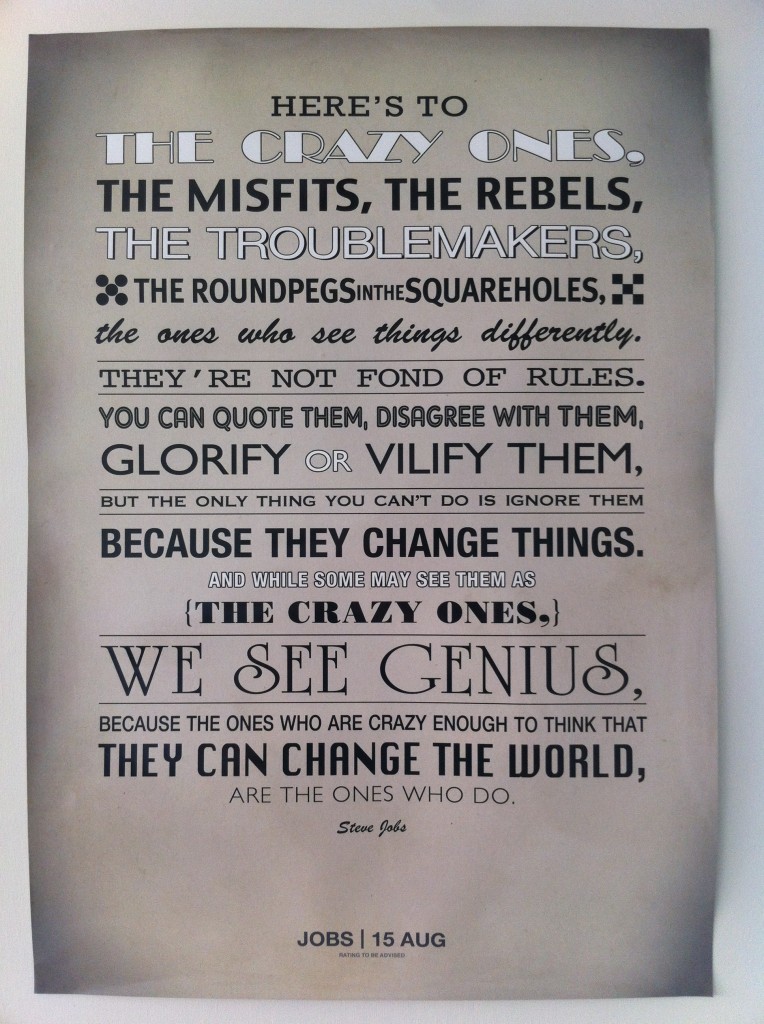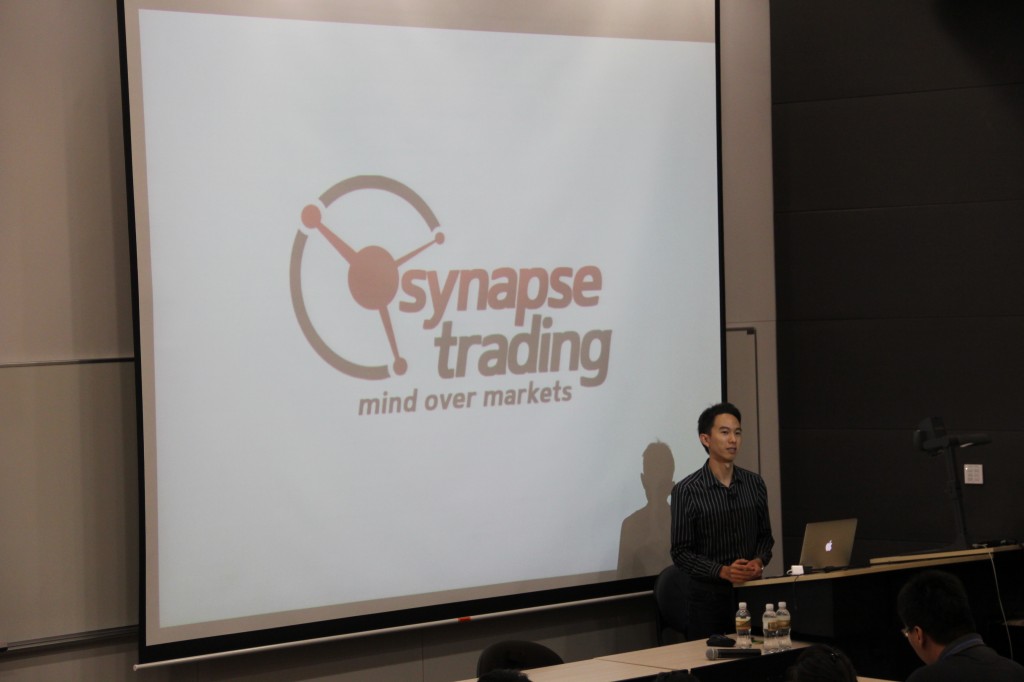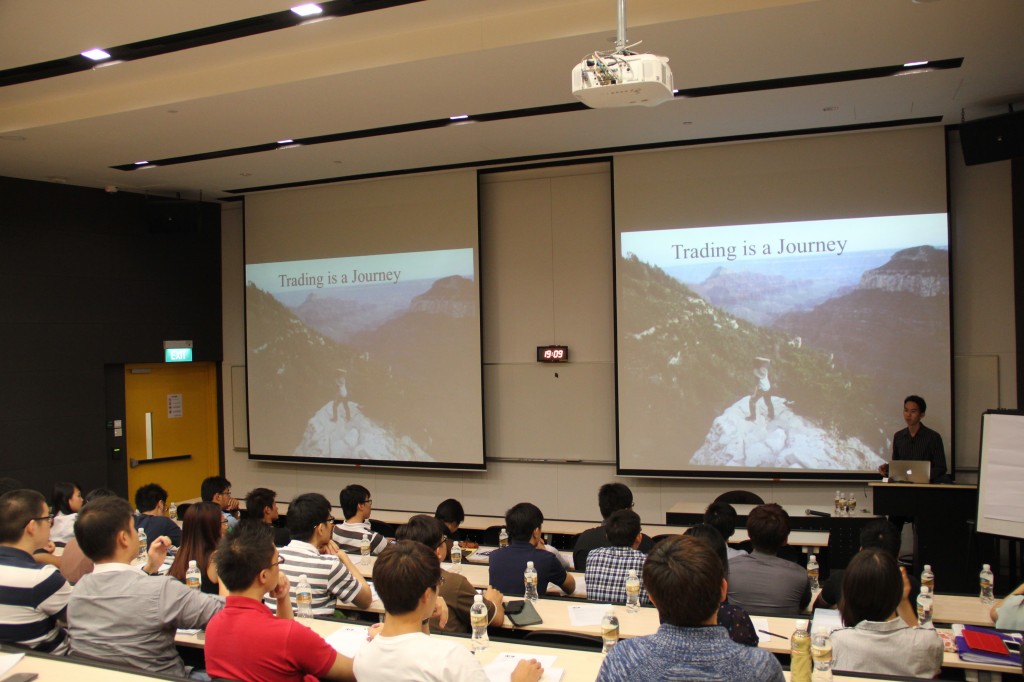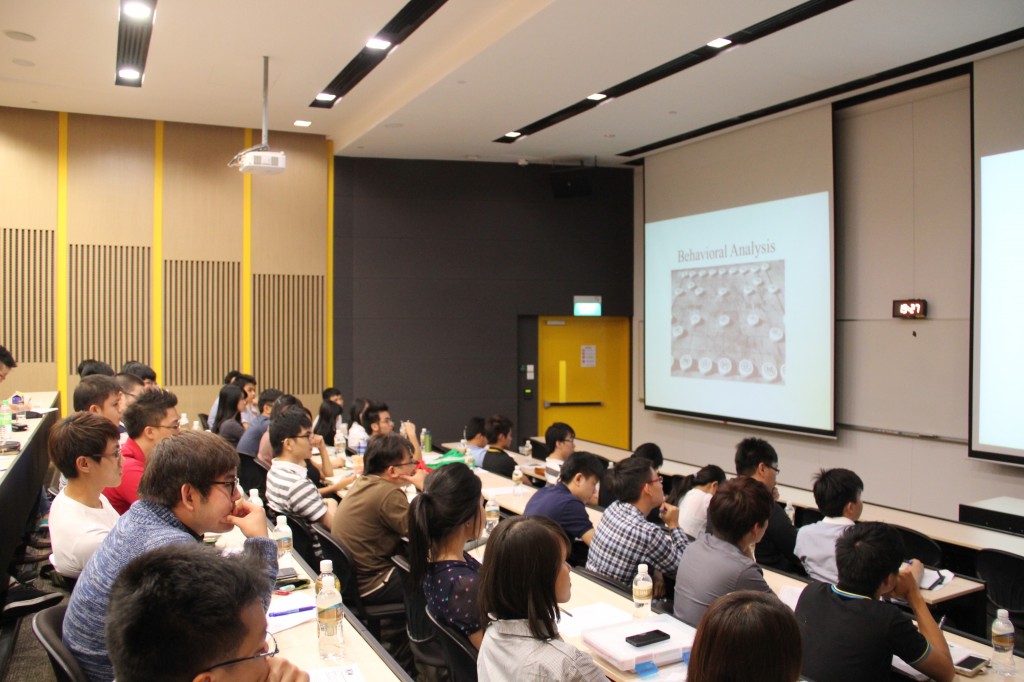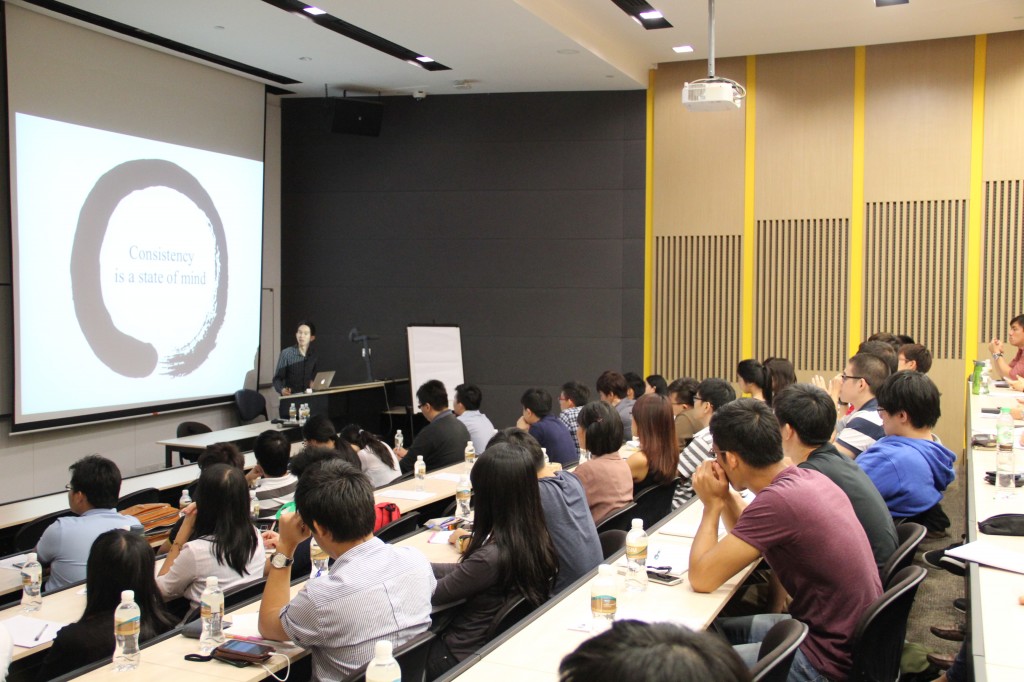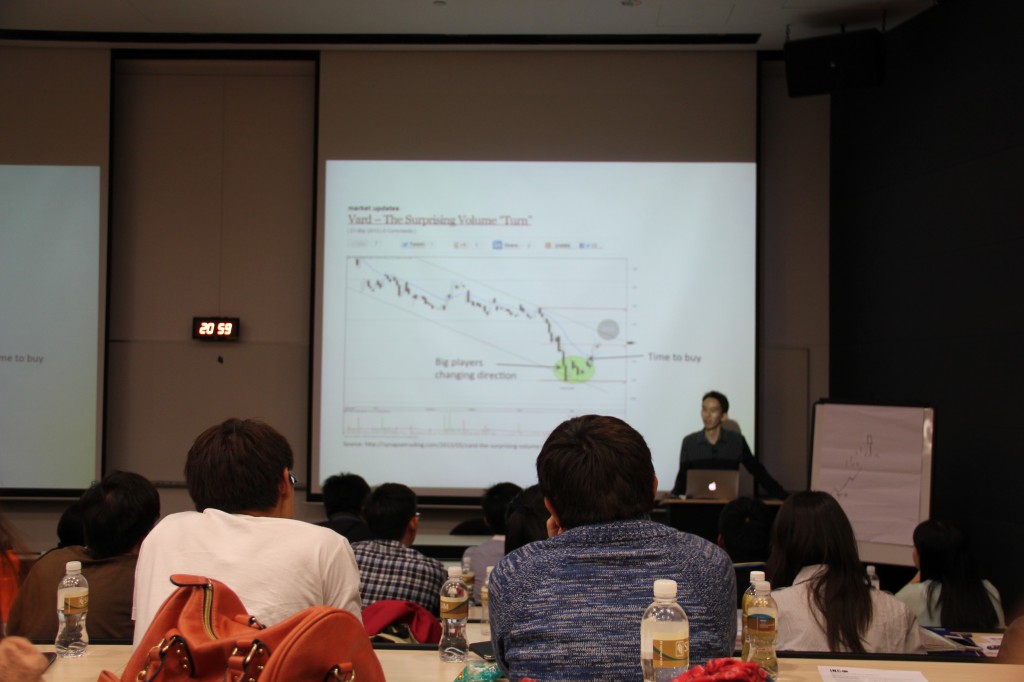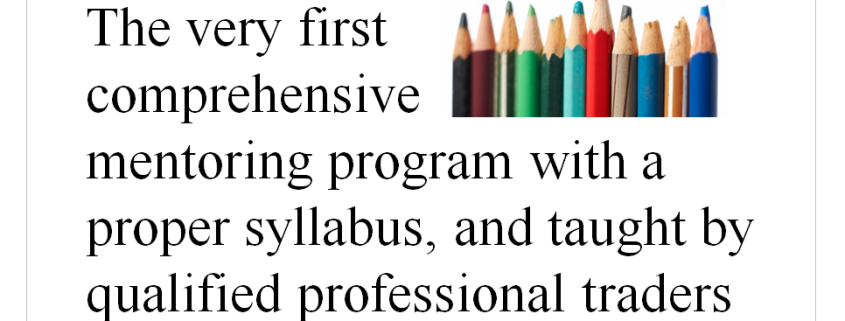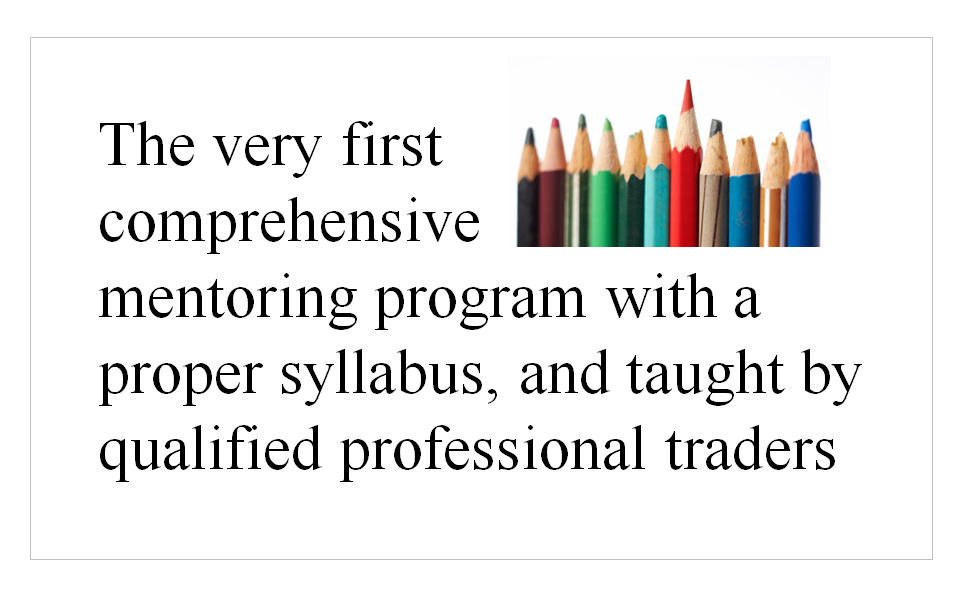Tomorrow, we will be taking a trip overseas, and I have already prepared a budget of $6.45 Million. Holding this thick stack of notes, for a moment I feel like I’m a multi-millionaire. I am patiently waiting for the day that this stack is in SGD :]
On a sidenote, if you want to sign up or reserve a seat for the Synapse Program December intake, or if you have any queries, please drop us an email instead of calling. Alternatively, you can make register and make payment here. https://synapsetrading.com/payment/
Just drop us an email after completing the steps and we will follow-up accordingly. Thanks!

I will be back in time for the LIVE market outlook next Wednesday, and this time there will be something special, because I will share how to build a passive income portfolio, using my own portfolio as an example. This is especially essential if you are frequent traveler like me :]
While overseas, I won’t have time to update this blog, but I will continue to update the “Synapse Network” forum. Note to my students: I just posted my latest stock picks and analysis for the next few days, if you have any future questions just post them there and I will reply them by the end of the day.
If you are a previous program graduate or recently signed up for the Synapse Program, click the “join” button and I will add you into the “Synapse Network” forum immediately.
https://www.facebook.com/groups/synapseforum/
Cya all next week!








